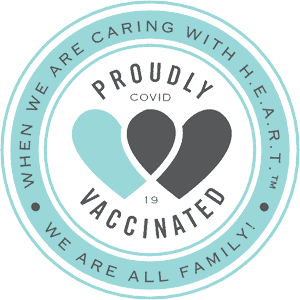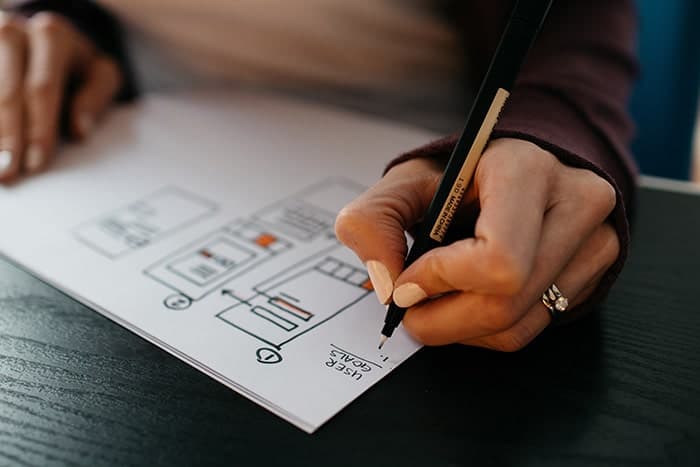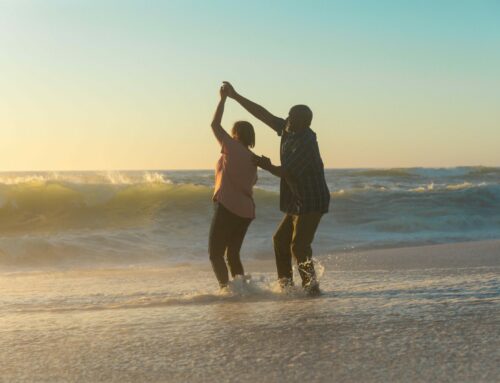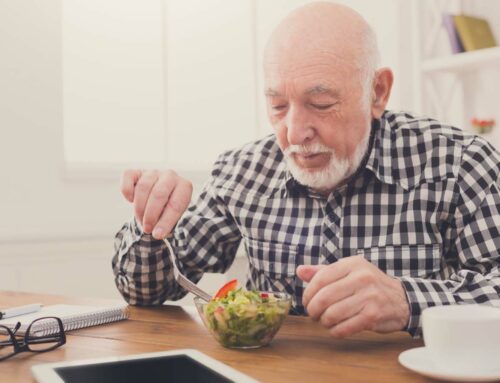It’s important to be properly prepared for disaster throughout all stages of life, but there are some extra considerations for emergency preparedness as we age.
Educate Yourself
The first step to being ready for an emergency is to learn about natural disasters that could occur in your community. Reach out to leaders in your community or visit community websites to learn about plans that are already in place for emergency alerts, evacuation protocols, and shelters. If possible, sign up to receive phone alerts for information during emergencies.
Identify Your Support Network
Establish a network of people that would help you in a disaster situation. Be sure to work with your identified helpers to develop a plan in case of emergency. Everyone should be aware of the location of emergency supplies, medications, and the protocol to follow should a disaster occur.
Customize Your Disaster Kit
Be aware of any physical or cognitive needs that could affect how you respond to an emergency situation. You will want to pack your disaster preparedness kit based on your unique needs.
Some things you may want to consider having in your emergency kit include:
- Water (one person needs one gallon per day for hydration and hygiene)
- Food (at least a three-day supply of non-perishable food)
- Battery-powered or hand crank radio and a NOAA Weather Radio
- Flashlight
- First aid kit
- Extra batteries
- Whistle for calling for help
- Dust mask for filtering contaminated air
- Plastic sheeting and duct tape for sheltering in place
- Moist towelettes, trash bags and plastic ties for personal sanitation
- Wrench or pliers
- Manual can opener
- Local maps
- Cell phone with chargers and a backup battery
- Prescription medications (at least a 30-day supply)
- Non-prescription medications such as pain relievers, anti-diarrhea medication, antacids or laxatives
- Prescription eyeglasses and contact lens solution
- Pet food and extra water for your pet (if applicable)
- Cash or traveler’s checks
- Important documents such as copies of insurance policies, identification and bank account records saved electronically and in a waterproof, portable container
- Sleeping bag or warm blanket for each person
- Complete change of clothing and sturdy shoes appropriate for your climate
- Fire extinguisher
- Matches in a waterproof container
- Mess kits, paper cups, plates, paper towels and plastic utensils
- Paper and pencil
Get a complete guide to building your kit at https://www.ready.gov/kit
Make A Plan
When you have a clear plan in place for the variety of disaster situations that may happen in your community, you can rest assured that you have all the tools, supplies, and support you need to stay safe.
- Will you plan to shelter in place or evacuate? Decide in which situations you will choose either and have a plan for each scenario. If you will need help evacuating, make sure you know who can assist you.
- Keep a contact list for your support network in a watertight container in your emergency kit or on your electronic devices.
- Make sure your support network is informed and know their role if disaster strikes. Make sure they each have a key to access your home.
- Identify two exits in your home that you can use in case of fire and make sure your support network knows your rendezvous location if you should need to escape.
- Contact your local emergency management office to find out more about protocols for evacuation, transportation, and shelter during disasters.
- If you are on dialysis or other life-sustaining medical treatment, be sure you know the location and availability of more than one facility that can help you.
- If you have medical equipment that requires electricity, talk with your healthcare provider about how to keep it operational during a power outage. Call your electricity provider to see if they have a priority power restoration list that you can be placed on.
- Wear medical alert tags or bracelets to help emergency personnel assist you in an emergency where you may lose consciousness.
- Keep a list of nearby medical facilities in a waterproof container inside your emergency kit.
You may never need it, but having a plan in place in case of an emergency can give you peace of mind knowing you’ll have everything you need to remain safe during a disaster.


 Schedule a Tour Today!
Schedule a Tour Today!







